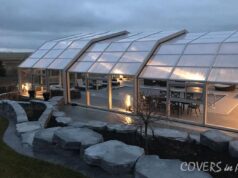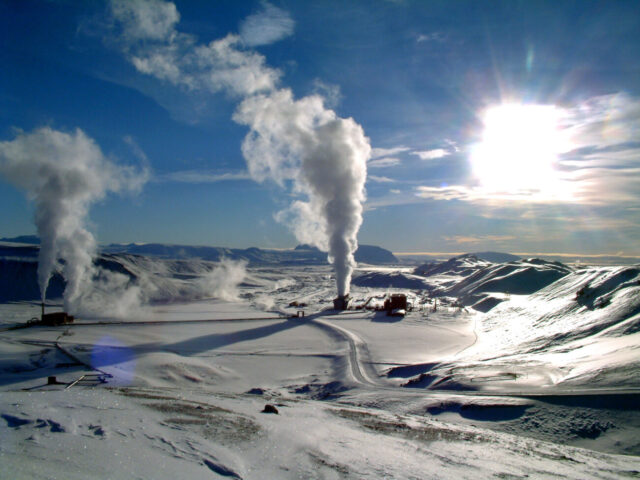
Welcome to the fascinating world of underground power! In this blog post, we delve into the realm of harnessing the Earth’s natural heat for generating electricity and heating.
With the growing need for sustainable energy solutions, tapping into this renewable source is more relevant than ever.
Here, we aim to equip you with practical steps and insights, turning this abundant natural resource into a vital part of your everyday energy mix.
So, if you’re ready to explore the depths of Earth’s power and how you can make it a key player in your sustainable lifestyle, let’s embark on this enlightening journey together!
What is Geothermal Energy?
Imagine the Earth as a colossal, pulsating battery, endlessly releasing immense heat from its fiery core. This is the core of geothermal power—a stable, potent alternative to the more whimsical, weather-dependent energy sources like solar or wind.
Nestled deep beneath our feet, this power is not swayed by the changing winds or the shifting clouds. It offers a constant, unwavering source of strength, setting it apart in the realm of renewables.
This reliability, coupled with its minimal reliance on external conditions, makes it a uniquely compelling choice for a sustainable and resilient energy future.
Benefits of Geothermal Energy
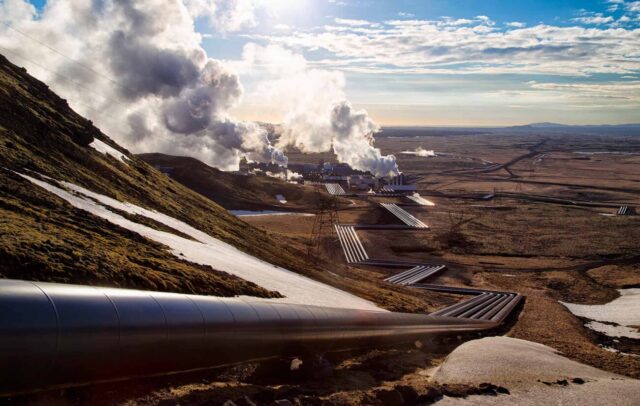
This underground powerhouse is a champion of environmental stewardship, boasting a minimal carbon footprint, especially when compared to traditional fossil fuels. It stands as a testament to clean energy, emitting far fewer greenhouse gases and offering a path to a more sustainable and greener future.
Economically, it’s a savvy choice, promising lower operational costs post-installation, despite the upfront investment. Its crown jewel, however, is its unwavering reliability.
This energy is not a slave to the whims of weather or time, providing a continuous, 24/7 power source that stands unflinching against the capricious nature of solar and wind energy. This trifecta of environmental, economic, and reliability benefits positions geothermal power as a key player in our sustainable energy portfolio.
Tip 1: Choose the Right Location
The journey to harnessing this underground force starts with choosing the right location. A thorough assessment of the underground heat resources is paramount. Look for the Earth’s natural hotspots—areas with volcanic activity, hot springs, or other geothermal manifestations are often gold mines for this purpose.
Consulting with geothermal experts and employing detailed geological surveys can unveil the hidden potential beneath our feet, guiding you to the perfect spot. It’s not just about finding heat; it’s about finding the right kind of heat, in the right place, at the right concentration.
Precision in location selection not only maximizes the geothermal energy extracted but also ensures the longevity and sustainability of your geothermal project.
Tip 2: Use Efficient Heat Pumps

Heat pumps are the heart of harnessing this underground power, playing a pivotal role in geothermal systems. Opting for highly efficient models is not just a choice—it’s a necessity.
These advanced pumps are marvels of technology, capable of extracting every ounce of heat from the ground and converting it into usable energy with remarkable efficiency. By choosing the right pump, you’re not just saving on operational costs; you’re also maximizing the output of your geothermal setup.
The benefits are two-fold: a significant reduction in your carbon footprint and a noticeable decrease in energy bills. In the grand scheme of things, efficient heat pumps are not just a component of your geothermal system; they are a testament to your commitment to sustainability and efficiency.
Tip 3: Proper System Design
Designing a geothermal system is akin to crafting a masterpiece—it requires attention to detail, precision, and understanding of the landscape. The key components—heat pumps, underground loops, and delivery systems—must harmonize perfectly.
A well-designed system ensures maximum efficiency, tapping into the Earth’s heat with minimal energy input. It’s not just about installing components; it’s about understanding the flow of heat, the specifics of the site, and the needs of the end user.
An optimized design reduces wastage, lowers operational costs, and extends the lifespan of the system, proving that good design is not just an art; it’s the cornerstone of efficient, sustainable geothermal utilization.
Tip 4: Regular Maintenance
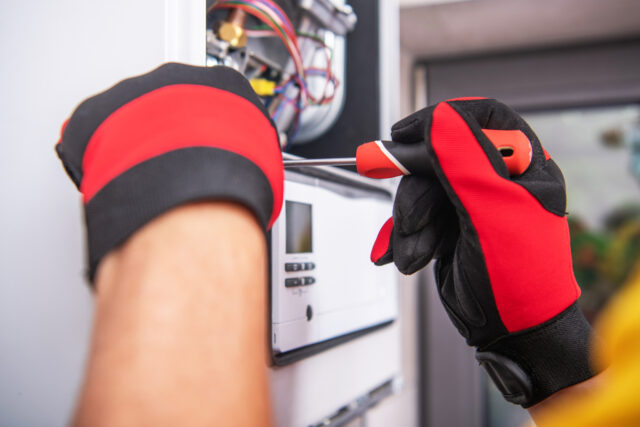
Regular maintenance is the unsung hero of geothermal systems. It’s the routine check-ups, the timely tweaks, and the vigilant monitoring that keep these systems at peak performance.
Establishing a checklist—inspecting pumps, cleaning filters, checking fluid levels, and monitoring system pressures—can prevent minor issues from escalating into major problems. Maintenance ensures that the system not only runs smoothly but also maintains its efficiency over the years.
It’s not just about fixing what’s broken; it’s about proactive care, ensuring that every component functions harmoniously and that the system continues to be a reliable, efficient source of power.
Tip 5: Utilize Ground Source Heat Exchangers
Ground Source Heat Exchangers (GSHEs) are the lifeline of geothermal systems. These intricate networks of pipes, buried deep underground, are where the magic happens. They facilitate the transfer of heat from the ground to the heat pumps, acting as a bridge between the Earth’s core and our energy needs.
Implementing GSHEs effectively can significantly enhance the performance of a geothermal setup. They are not just a component of the system; they are a testament to human ingenuity, harnessing the Earth’s latent heat in a dance of efficiency and sustainability.
Understanding and optimizing these exchangers can turn a good geothermal system into an exceptional one.
Tip 6: Consider Retrofitting

Retrofitting existing buildings with geothermal systems is not just an upgrade; it’s a transformation towards sustainability. Older structures, often energy hogs, can become paragons of efficiency with the integration of geothermal technology.
The process involves adapting the building’s heating and cooling systems to tap into the Earth’s stable temperatures. The benefits are manifold: significant reductions in energy costs, a leap towards carbon neutrality, and an enhancement in property value.
Retrofitting is not just about saving money; it’s about embracing the future, making a conscious choice to step away from fossil fuels and towards a more sustainable, greener energy solution.
Tip 7: Combine Geothermal with Other Technologies
Geothermal power, when combined with other renewable technologies like solar or wind, can create a synergy that’s greater than the sum of its parts. These hybrid systems offer a multifaceted approach to sustainability, harnessing the strengths of each to offset the limitations of the others.
On days when the sun is shy or the wind is still, geothermal power can fill the gap, ensuring a continuous, reliable energy supply. The integration of these technologies can lead to a more resilient, more sustainable energy infrastructure, showcasing the power of unity in our quest for a greener, more sustainable future.
Tip 8: Government Incentives and Rebates
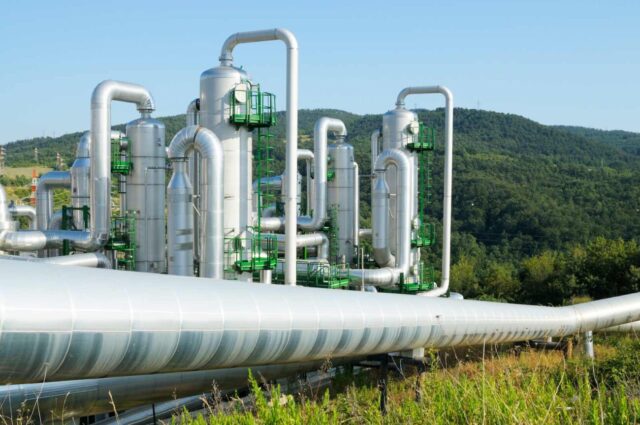
Navigating the financial landscape of geothermal projects can be daunting, but government incentives and rebates can pave the way to affordability.
Many regions offer financial support for those willing to invest in sustainable solutions like geothermal systems. These incentives can significantly reduce the initial cost, making it a more accessible option for individuals and businesses alike.
It’s not just about making geothermal systems more affordable; it’s about encouraging a shift towards sustainability, providing the support needed to make the leap from conventional to renewable. Researching and taking advantage of these incentives can turn the dream of a sustainable future into a tangible, achievable reality.
Conclusion and Call to Action
Throughout this journey, we’ve explored the depths of geothermal power and how to harness it effectively. From choosing the right location to combining it with other technologies, each tip is a step towards a more sustainable, more efficient future. As we conclude, let this be a call to action.
Consider the potential of geothermal power in your life and community. Take the insights shared here and turn them into reality. For more information or assistance, feel free to reach out to experts or consult additional resources. Together, let’s embrace the power beneath our feet and step boldly into a cleaner, greener future.



